New Feature (BETA): Optimise your EV charging with your home solar panels


Greener, cheaper, simpler. The three pillars that underpin our promise to thousands of EV owners across the world. A key aim of ev.energy is to help accelerate the process of decarbonising transportation, harnessing the power of solar energy is no exception.
Beyond our own commitment to progress, we recognise our customers’ dedication to a more economically conscious and sustainable life. The cost of solar panels has dropped 89% in the past decade and is predicted to drop another 34% in the next decade1. Almost 1 million people in the UK have solar panels installed2. We have seen first-hand the increased likelihood of pairing home solar panels with an electric vehicle, however, to benefit from the power of solar panels, your vehicle would traditionally need a home solar-enabled charger. Until now.
Due for release late Spring 2021, the upcoming ev.energy Home Solar feature will enable users with home solar panels to smart-charge their car without any additional hardware. Free, locally generated, zero-carbon energy.
Below, we outline what our aim for the feature will be, how we are approaching the build and what we intend to test as part of our BETA. You can also find out how to get involved.
A seamless switch to solar
We wanted to come up with a solution that builds on our existing technology and software-only focus to deliver two unique benefits:
- The Home Solar feature will not require the user to purchase any additional hardware to optimise charging.
- Simplicity for the user. We want the feature to feel as simple as enabling a switch in the app and providing us with basic information on solar panel size.
For us to be able to charge a vehicle using locally produced solar power, we need to build out our technological capability in its ability to forecast solar output. Most hardware solutions will offer real-time reaction to weather patterns at a local level, but software can give the advantage of preparation.
To do this, we first needed to know how much power the solar panels will produce. We use a mixture of forecasts, which can account for local cloud cover and weather conditions, blended with locally measured solar data to predict how much power a solar array will produce at any given time. Having an accurate prediction helps give more accurate values to the cost and carbon intensity of the session. However, the most important thing is the shape of the forecast. From testing with Beta Users, we have found that we can accurately predict the “shape” of solar power produced, shown in the diagram below. If the shape of the forecast matches the shape of the actual solar output, then we can apply scaling factors.

As we add more hardware integrations, we will be able to improve our forecasting as we can compare historically measured values with the forecasted values.
Smart-charging with solar
The core function of ev.energy’s app is to ‘Smart Charge’ a vehicle. This means that our technology will automatically charge your car when it is cheapest to charge from your energy provider, and when there is less strain on the grid and renewable energy is available.
For us to then be able to Smart Charge a vehicle, we need to be able to look ahead to see a) the cost from the electricity tariff at 30-minute intervals, and b) what the carbon intensity will be of that tariff window. For users with Home Solar, the basic principles are kept the same, but with the addition of another input: the amount of power the solar panels are producing.
Our second task is therefore to predict how much power will be produced by the solar array and to scale the price and carbon intensity accordingly. The calculations are done by taking the charge rate of the vehicle and comparing it to how much power is being produced by the solar array. This tells us how much of the electricity used to charge the car is produced locally versus how much is imported from the grid. As an example, if the car is charging at 10kW and the solar array is producing 5kW, we know that 50% of the electricity used to charge the car is being produced locally whilst the other 50% of the electricity is being imported. The same calculation can be done for calculating carbon intensity.
In both cases, we assume that the cost is zero for the user, it is free to charge using the energy from the array and it produces no emissions, of which will be discussed in the further section “Assumptions”. Astute readers may be thinking about varying the current output of the charger to match the solar production and will also be discussed in “Next Steps”.
When we have the price and carbon feeds that have been modified by the solar production we can then make decisions about when to charge the car. The decision remains the same, charge when it is cheapest and greenest. As shown in the figure below, we will schedule when it is cheapest and greenest, which for people with Home Solar may be when it is sunniest.

As we scale the price based on local solar production, this means that we will still respect any price thresholds that have been set in the app. To add to the above example, where 50% of the energy used to power the vehicle was being produced locally: If the user was on Octopus Go, their electricity costs 15p per kWh except between 00:30 and 04:30 where it costs 5p. If they set a price threshold of 10p in the app, normally it would mean that they only charge during their “off-peak” window where electricity costs less than 10p. However, if they enabled Home Solar, it would mean they could also charge when we predict that their local production was enough that their effective costs would be below 10p. So, for the example where they produced 50% of the energy required, this would make their effective costs 7.5p. We know that it will cost 5p per kWh for 4 hours overnight, so as we always charge when it’s cheapest, we will fill those slots up first. Any remaining time required to charge the car will be taken from when we predict the solar production will be highest, as long as the effective price is below the price threshold.
Assumptions
We have tried to minimise the assumptions we make and where we have made them, clearly state them. As we scale our feature, we’ll be able to fine-tune the feature to the user’s specific needs.
The first place where we have made assumptions is in solar forecasting. The forecast is tuned for every user, taking into account your location and size of your array. We use a forecast and blend that with measured data to provide the best estimate we can make. In areas where we don’t have users with any hardware integrations, we cannot measure the accuracy of the forecast and so the forecast may not be as accurate. In areas where we do have users with hardware, we have found the forecast to be accurate within ±20%. However, on average our readings are exactly right. We have some users with non-typical solar array setups, such as arrays facing multiple directions or being in a sub optimal location. For these users, they may find that the forecast does not necessarily match their output. To work around this, tools will be put in place so that users can have individual forecasts which can be customised to their setup.
The next place we have made assumptions is around how the energy flows from the solar panels into the vehicle. When electricity is produced through solar panels it is converted from a DC current, which the panels produce, into an AC current, which can be consumed by appliances in the house. The locally produced electricity is then consumed by the EV charger to power the car. The first assumption we make is that there aren’t any losses in the system. So there are no losses between the solar panels and the charger. We expect losses to below and will be investigating what they are so we can add value to cover this.
The last assumption is that all the power produced by the solar panels is used by the car. In the home there is usually a “base load” from things such as lighting, fridges, TV etc. This would mean that not all the locally produced energy is used by the car, some of it would be used by other appliances around the house. As we integrate with more devices around the house we can build a better picture of what the base load looks like and factor that into our algorithm. However, at this stage we are making the assumption that all the energy flows from the solar panels into the car.
Next Steps
As has been alluded to earlier, we are still at the early stages of Home Solar. Our focus so far has been to prove that a software only solution can provide value to our users. We have shown that from building on our existing integrations and using a solar forecast we can accurately predict when to charge.
Over the next few months, we will be investigating:
How we can vary the power used to charge the car to match the power produced by the solar array. This challenge can be approached from multiple angles; through integrations with hardware manufacturers such as Indra, we can enable features like Solar Matching which uses hardware to measure the power produced by solar and varies the power output by the charge.
Using the predicted power output of the solar array and our existing integrations with charger manufacturers to vary the power output by the charger. There are added complexities around this feature such as charging becoming less efficient at lower power. We will be collecting more data before rolling this out as a full functioning feature on the ev.energy app.
Although a software only solution will get us most of the way, it can be enhanced by adding hardware integrations. Through integrations with other devices like Tesla Powerwalls and SolarEdge, we will be able to pull live solar data. We can use this data to more accurately schedule users with this hardware as well as provide more accurate cost calculations. These integrations can also feedback into our forecasting algorithm which will then improve accuracy for all our users.
Change in behavioural patterns for solar panel owners. We want to understand if using Home Solar will change their charging habits compared to a wider EV driver sample set. As part of the Beta, we are conducting user testing to understand what they will need from ev.energy to have the optimal solar charging experience.
Help us shape the future of charging
For EV/Solar panel owners:
If you would like to participate in our BETA, we currently support Tesla Powerwall and also Indra solar matching mode. All you have to do is download the ev.energy app and contact us on support@ev.energy.
We would also love to hear from you if:
You have hardware that can match load – we are building new integrations every week!
You have a solar matching device (e.g. Indra) and ev.energy – you will get the best of both worlds: a forecast that enables you to charge at the sunniest times and also the ability to ramp up/down charging locally (e.g. when a cloud forms).
For Solar technology businesses:
If you are interested in partnering with ev.energy on the expansion of our feature, please reach out via press@ev.energy
References
- Bloomberg New Energy Finance, 2020
- European Commission, 2017
.png)
.png)

.avif)
.avif)
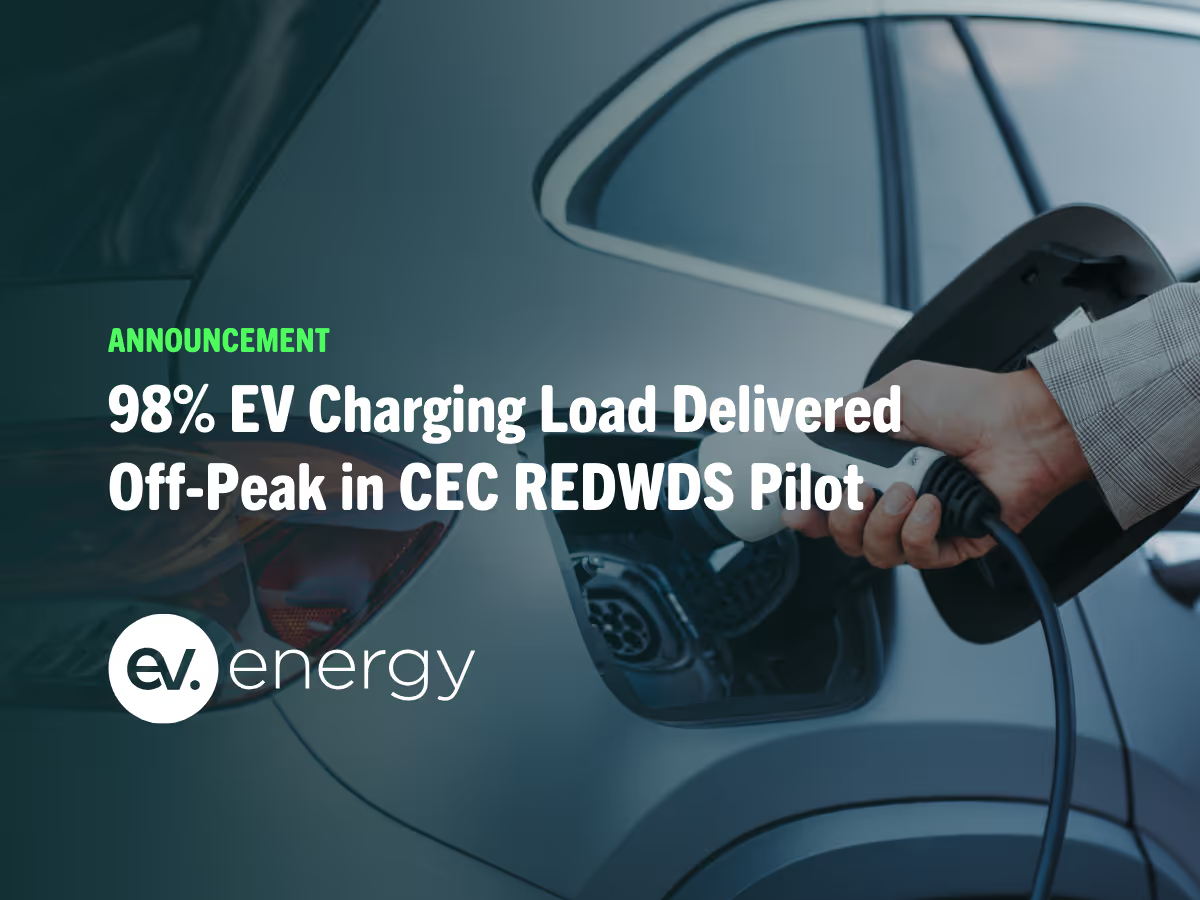
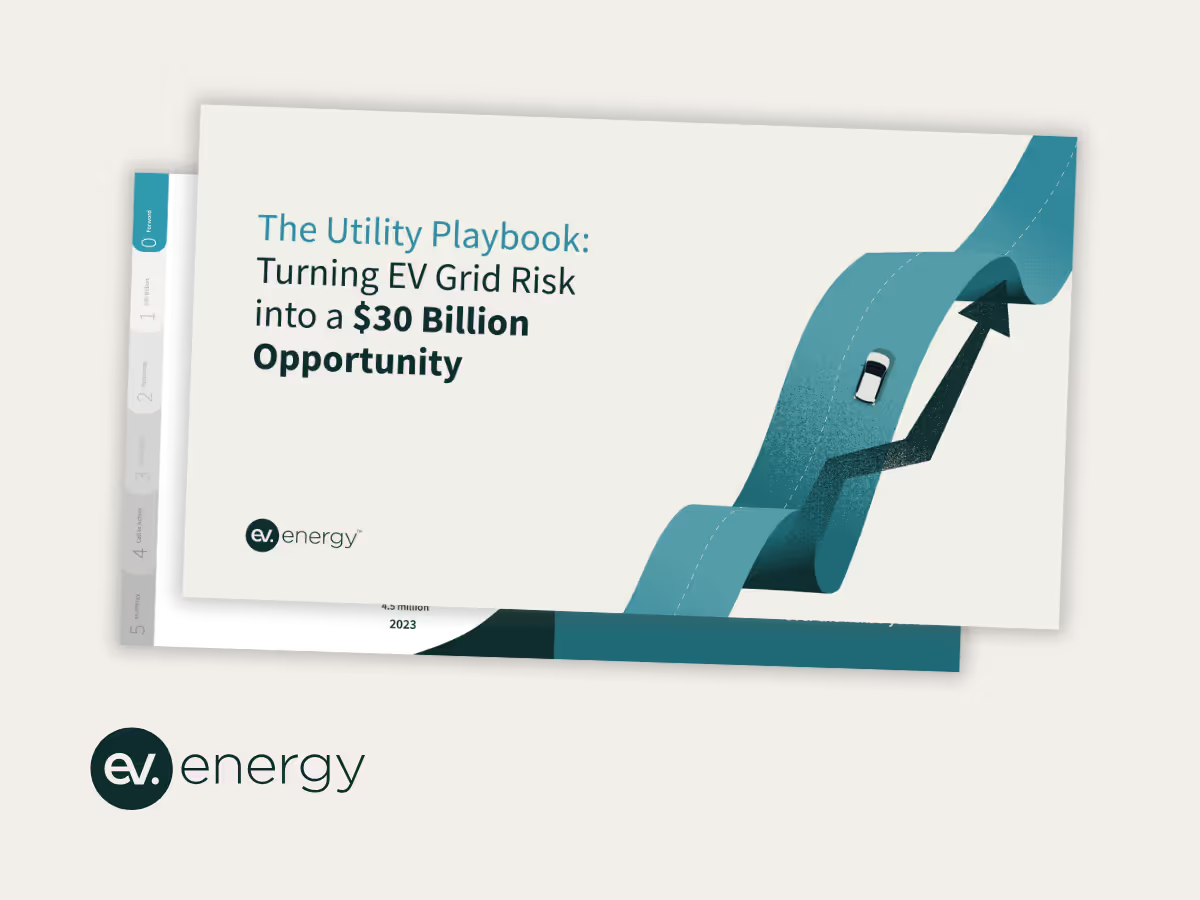
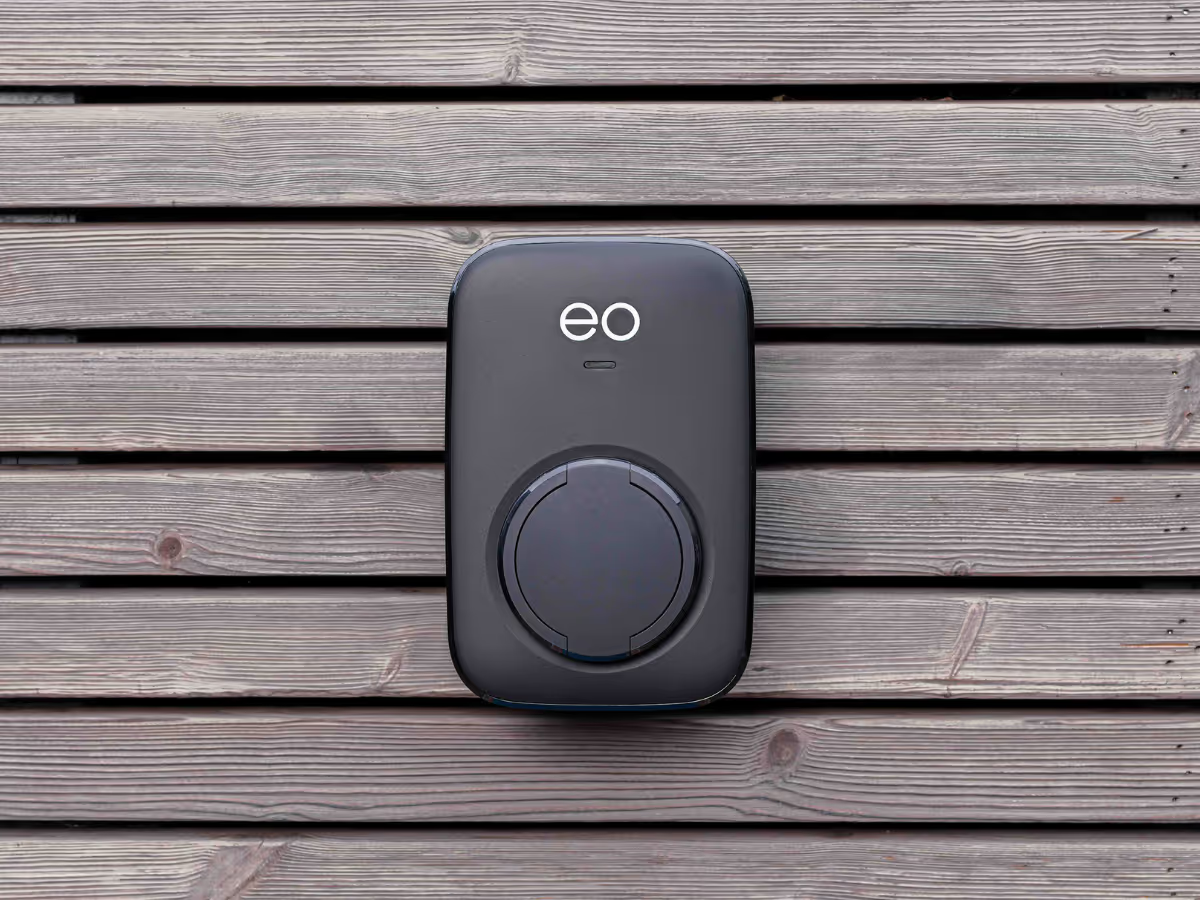
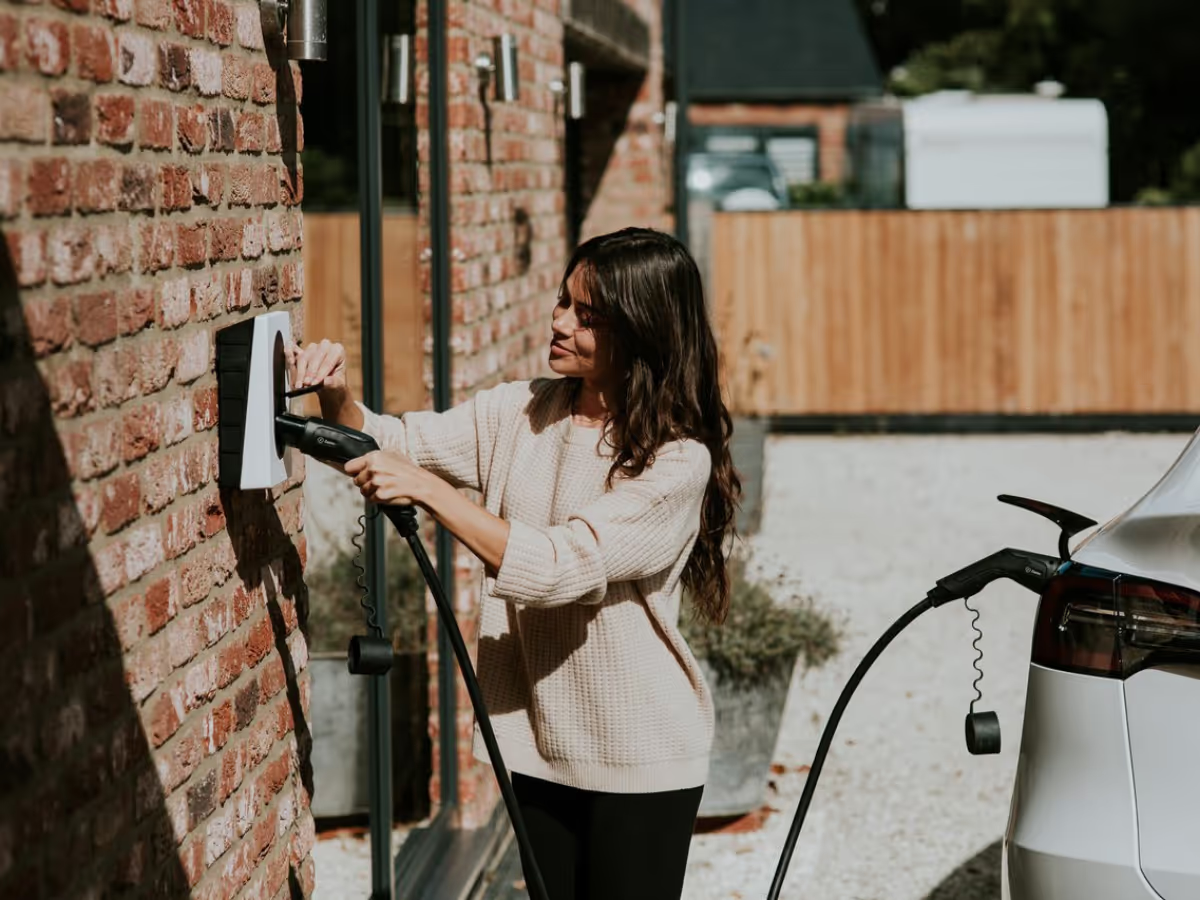

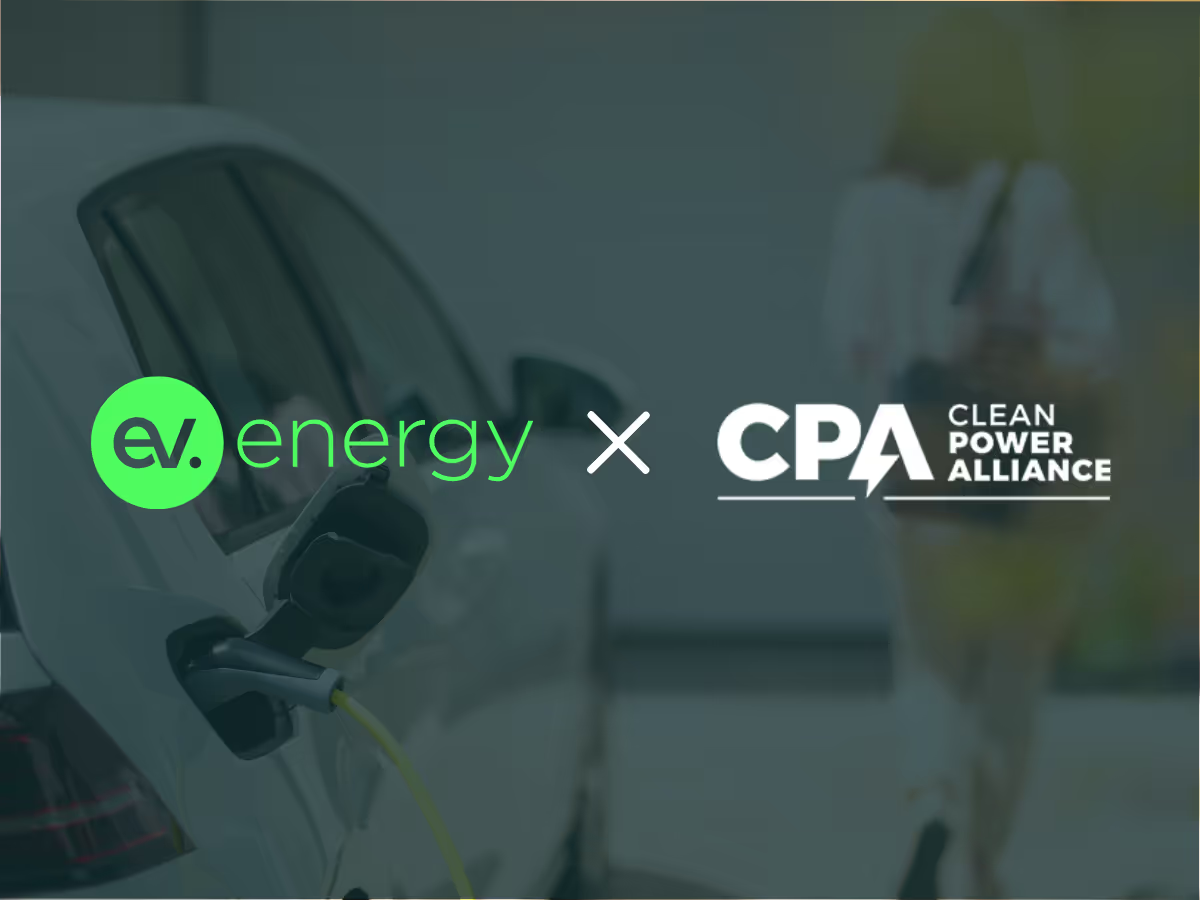


.avif)
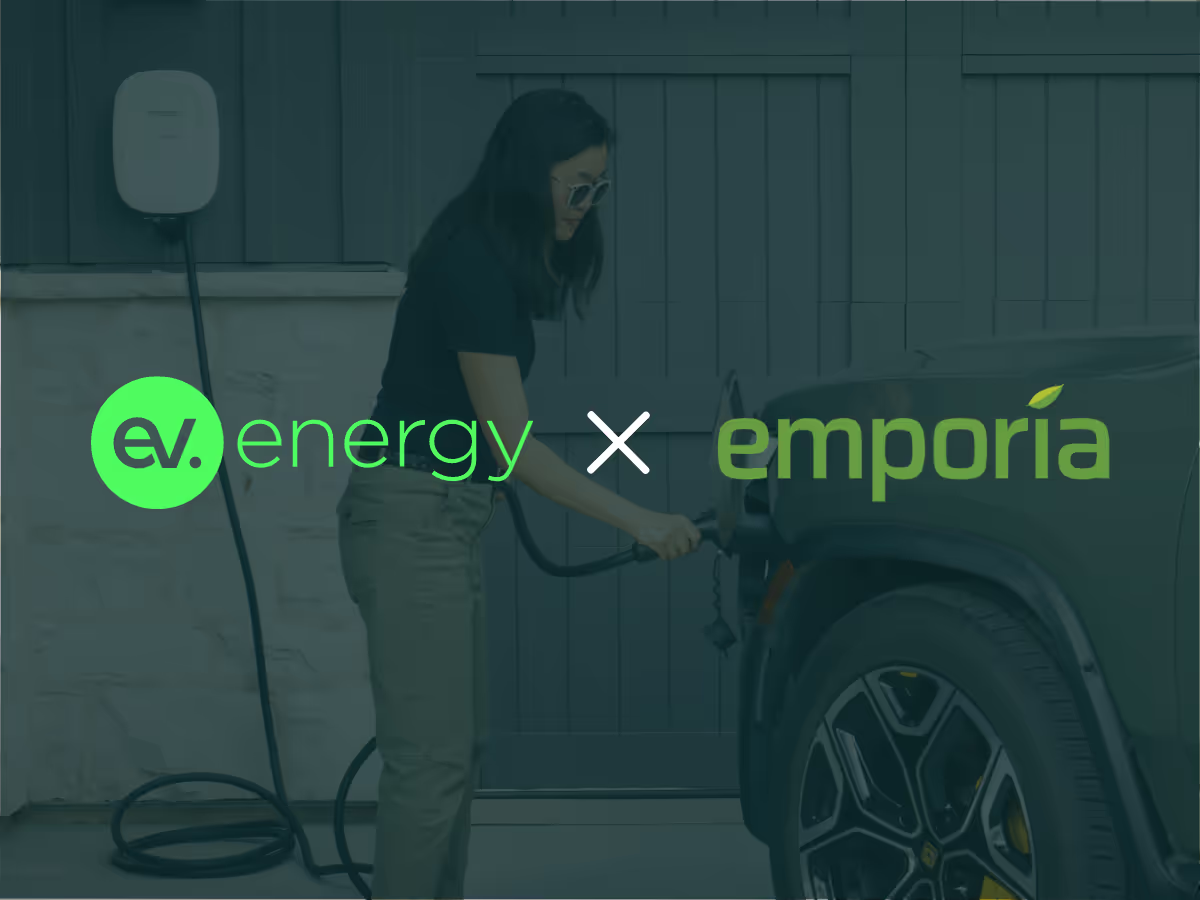










.avif)



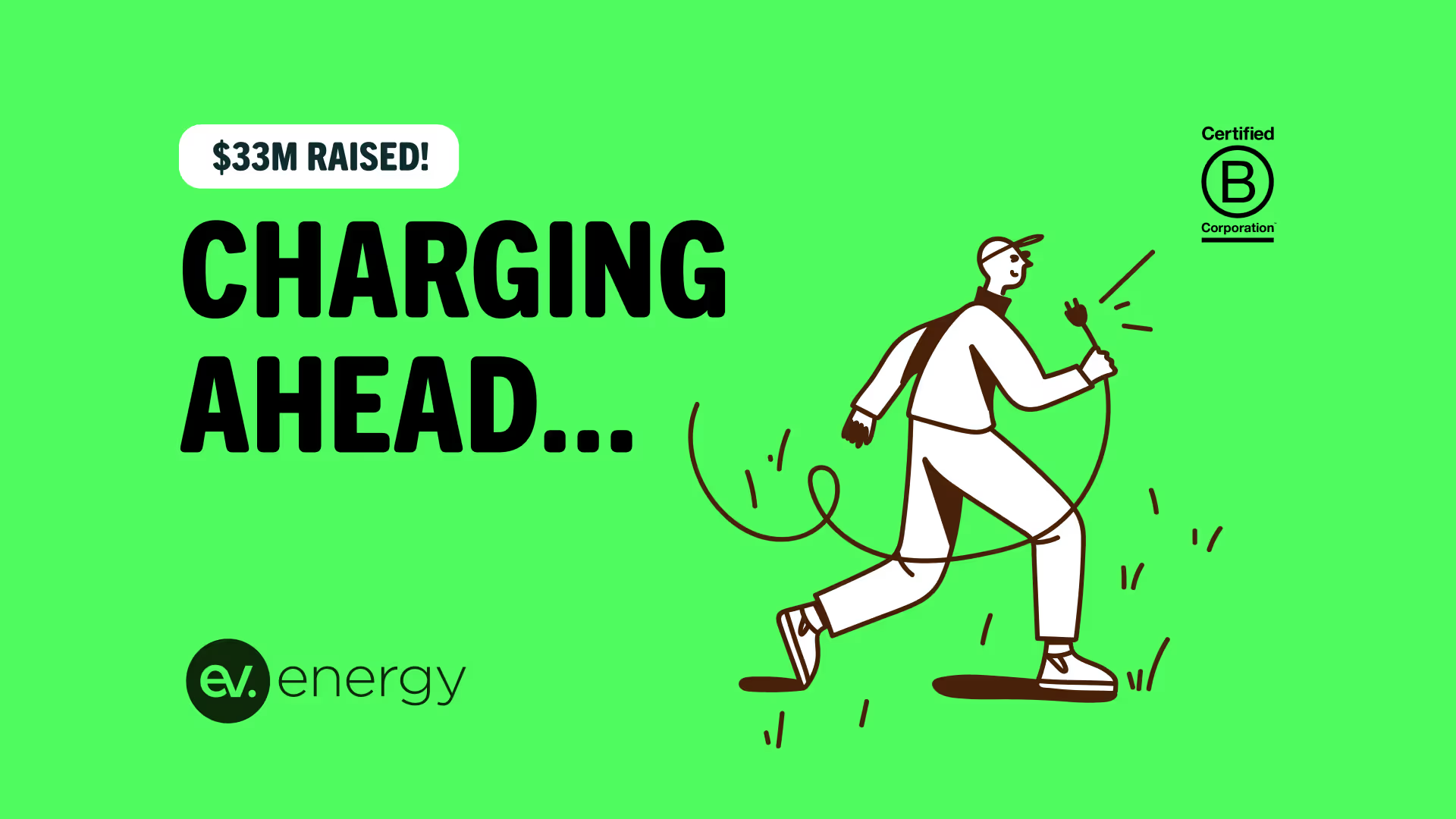






.avif)











































